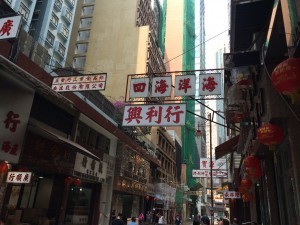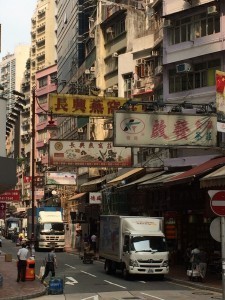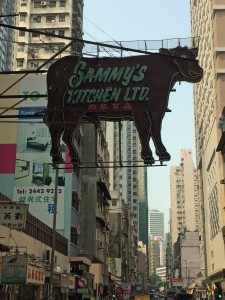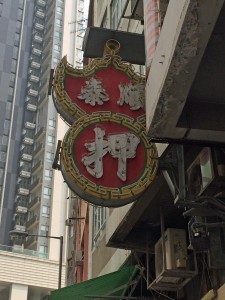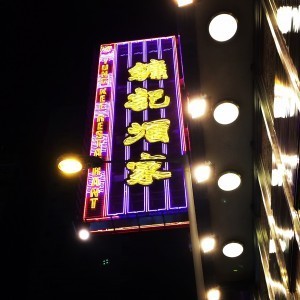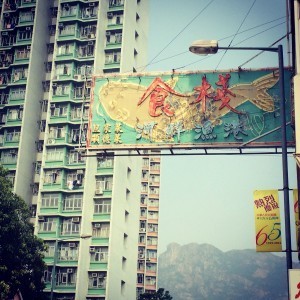Revisiting Hong Kong and Its (Disappearing) Neon Signs
I still remember my first impressions of Hong Kong. Racing through Kowloon in the back seat of a red taxi at midnight in 1990, I saw the neon. Bright and colorful, flashing and still, the neon signs peered at me through the side streets as my taxi made its way to the quiet of the New Territories, Hong Kong’s countryside.
I wouldn’t live among the neon that year or the other four years I spent in Hong Kong that decade, but it didn’t take me long to journey to the densely-populated areas where neon signs defined both major avenues and smaller side streets. I loved Hong Kong’s neon signs so much that I even discussed them in the opening chapter of my memoir, Good Chinese Wife.
Before I made a recent trip back there with my husband, I had read about the dying art of neon signs there. The old neon signs are being replaced by newer LED lights. And the artists who work with neon are retiring and there just isn’t the interest among the newer generations.
So I set out to take a look for myself last week in Hong Kong.
What I found was troubling. Streets either looked like this, with LED lights and no neon in sight.
Or like this, with one neon sign per street.
As I looked around Hong Kong Island, I continued to see very little neon.
And even in Kowloon, it was difficult to find a lot of neon.
Neon signs have been a part of Hong Kong from before my mother first traveled there in 1962. In Good Chinese Wife, I write about walking around Hong Kong and imaging my mom and her family there thirty years earlier.
Here’s an excerpt from Chapter 9: Honeymoon in Hong Kong:
As man and wife, Cai and I headed for an abbreviated honeymoon in Tsim Sha Tsui, the district that sits at the tip of the Kowloon Peninsula. We were staying at the Miramar Hotel on Nathan Road, only a mile up from the waterfront promenade that overlooks what I consider to be the most breathtaking skyline in the world. My mom and her family usually stayed in the same area. The Miramar was a popular hotel back then, but I had never heard any of my family members speak of it. Still, I pictured them walking down this street thirty years earlier, dressed in suits and shift dresses, and poking their heads into the tailors and jewelry shops that lined the road.
Among the traffic congestion and crowds of students, pajama-clad grannies, and tough teenage boys with blond-tipped hair, Cai and I slowly inched our way from the Jordan train station south toward the hotel. I felt graceful and special holding Cai’s hand. We had not spent much time in this area together, although it was one of my favorite spots in Hong Kong.
While I didn’t write about neon lights in this excerpt, they were everywhere in the district I describe above. At night, the Tsim Sha Tsui area came alive because of the colorful neon signs on Nathan Road–the main street–as well as the side streets that twisted around this densely-populated area.
Back then it was a given that this and other urban areas were adorned by neon signs. That’s not the case now. I now wonder how much neon will be left the next time I visit Hong Kong.
The post Revisiting Hong Kong and Its (Disappearing) Neon Signs appeared first on We Said Go Travel.
We Said Go Travel
We Said Go Travel is a global community of over sixteen hundred writers with articles from every continent.
Stories are shared with photos and video from a perspective of the transformative power of travel. We Said Go Travel has hosted live and online events as well as travel writing contests around the world. ...more
- Lisa Niver's profile
- 57 followers


